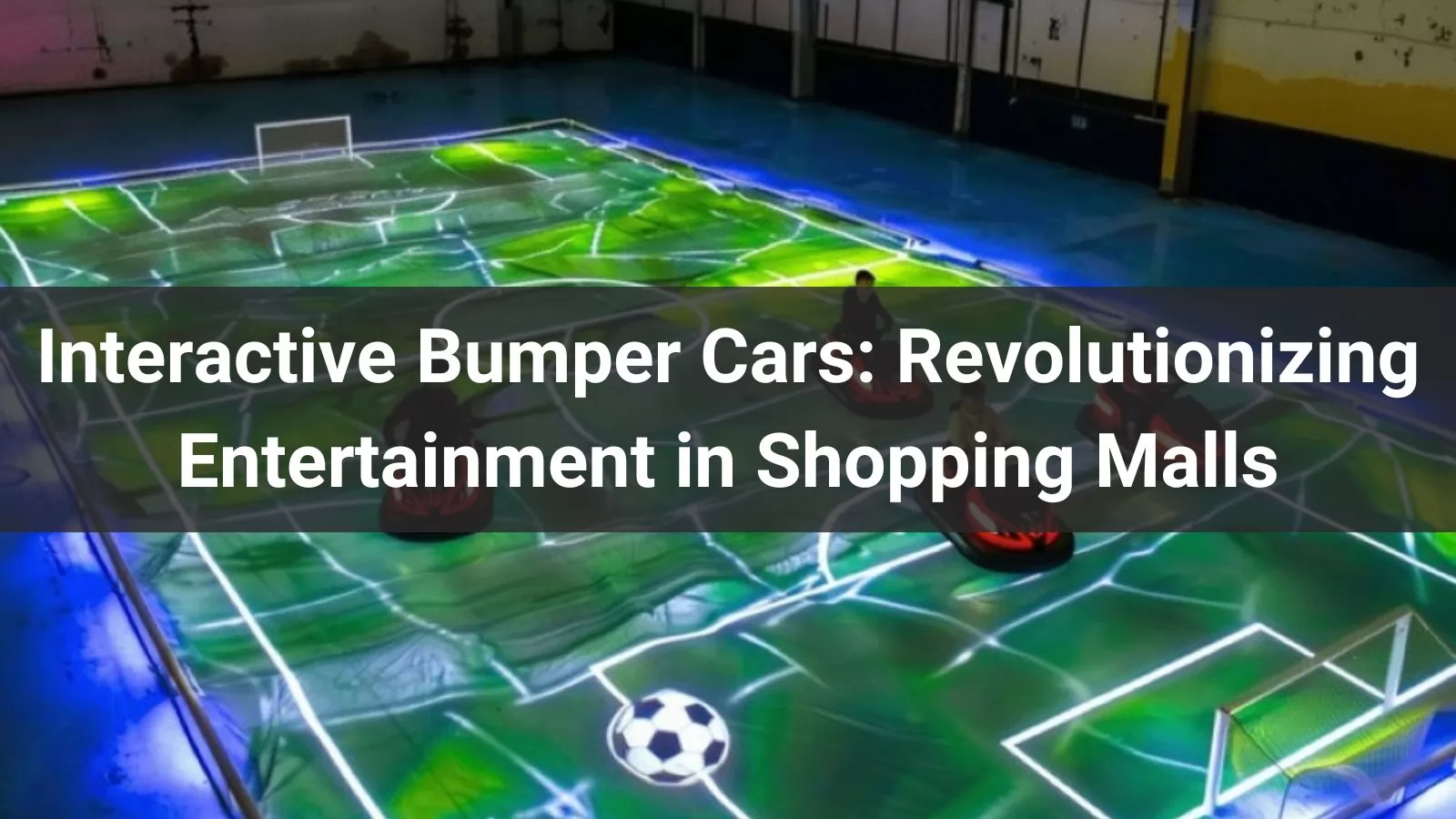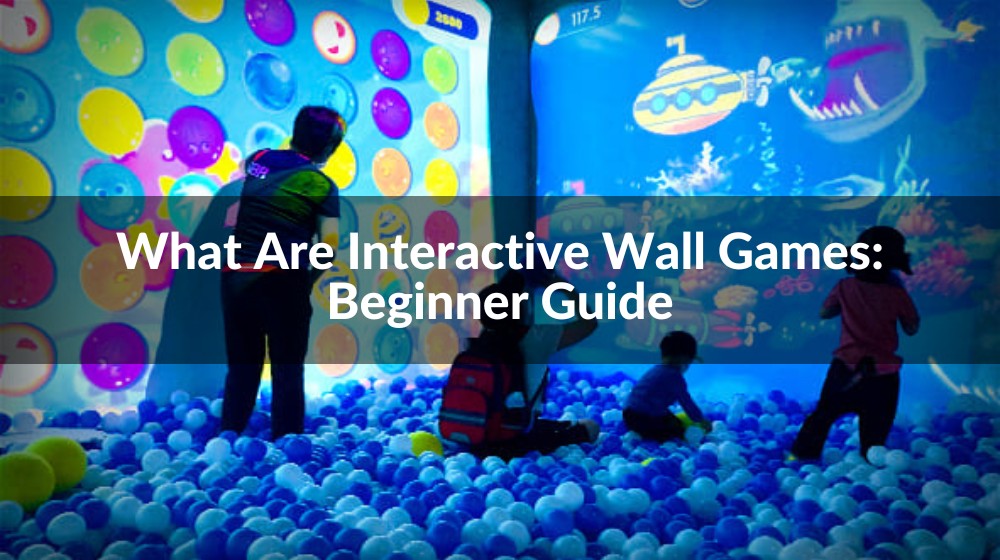
Shopping malls have long been hubs of retail, dining, and social interaction, but in recent years, they have evolved into multifaceted entertainment destinations. To attract and retain visitors in a competitive market, mall operators are increasingly integrating innovative attractions, such as interactive bumper car arenas. These modernized versions of the classic amusement ride combine cutting-edge technology, immersive experiences, and family-friendly fun, making them a perfect fit for the dynamic environment of shopping malls. This article explores the rise of interactive bumper cars in shopping malls, their technological advancements, benefits to mall ecosystems, and their impact on visitor experiences.
The Evolution of Bumper Cars
Bumper cars, also known as dodgems, have been a staple of amusement parks and carnivals since the early 20th century. Patented in 1921, traditional bumper cars operate on a conductive floor and ceiling system, allowing electrically powered vehicles to move while drivers bump into each other for fun. Over time, advancements in technology have transformed these rides. Modern bumper cars, particularly those designed for indoor settings like shopping malls, often use battery-powered or hybrid systems, eliminating the need for complex electrical grids and enabling flexible installation in smaller spaces.
The introduction of interactive elements has further revolutionized bumper cars. Features such as virtual reality (VR), sensor-based interactivity, and gamified experiences have elevated the ride from a simple collision-based activity to a high-tech, engaging attraction. For instance, SPREE Interactive’s VR bumper car attraction at La Grande Mela mall in Verona, Italy, integrates VR headsets and motion-tracking technology to immerse riders in a virtual world, blending physical and digital gameplay. These innovations make bumper cars an ideal addition to shopping malls seeking to enhance their entertainment offerings.
Why Shopping Malls?
Shopping malls are ideal venues for interactive bumper cars due to their large indoor spaces, high foot traffic, and diverse visitor demographics. Unlike traditional amusement parks, malls offer a controlled environment unaffected by weather, making them suitable for year-round operation. Additionally, bumper cars require relatively compact spaces—some setups need only 8 by 9 meters—making them feasible for malls with limited floor space.
Malls are also under pressure to differentiate themselves in an era dominated by e-commerce. Interactive attractions like bumper cars draw families, teenagers, and young adults, encouraging longer visits and increasing spending across retail, dining, and entertainment outlets. According to industry insights, adding amusement attractions helps malls keep shoppers on premises longer, boosting overall revenue. For example, To Get srl, an Italian marketing agency, reported increased footfall at La Grande Mela mall after installing VR bumper cars, demonstrating their effectiveness in attracting customers.
Technological Advancements in Interactive Bumper Cars
Modern bumper cars incorporate several technological advancements that enhance the rider experience and operational efficiency:
- Battery-Powered Systems: Unlike traditional bumper cars that rely on overhead or floor-based electrical grids, many modern versions use rechargeable batteries. This eliminates the need for costly infrastructure and allows for flexible arena designs. Battery-powered cars can operate for up to 16 hours between charges, reducing maintenance costs and downtime.
- Virtual Reality Integration: VR bumper cars, such as those developed by SPREE Interactive, immerse riders in digital environments. Riders wear VR headsets that synchronize with the car’s movements, creating a seamless blend of physical and virtual experiences. For example, the CyberBlaster game offers a 360° driving experience, enhancing engagement.
- Sensor-Based Interactivity: Advanced bumper cars, like the Spin Zone Z and Flip Zone models by Amusement Products, feature sensors that trigger dynamic responses when hit. These responses include spinning, flipping, or other movements, adding a competitive and gamified element to the ride. The Flip Zone even allows riders to deactivate flipping for a gentler experience, catering to diverse preferences.
- Safety and Remote Control: Safety is paramount in mall settings. Modern bumper cars are equipped with padded bumpers, seat belts, and sturdy frames to minimize injury risks. Operators can remotely start or stop all cars simultaneously using proprietary radio control systems, ensuring safe and efficient ride management.
- Customizable Features: Interactive bumper cars often include LED lights, sound effects, and dual joysticks for dynamic control, as seen in Timezone’s Krazee Whirl Bumper Cars in the Philippines. These features create a vibrant, multisensory experience that appeals to all ages.
Benefits to Shopping Malls
Integrating interactive bumper cars into shopping malls offers several advantages:
- Increased Foot Traffic: High-energy attractions draw crowds, particularly families and younger demographics, boosting overall mall attendance. The novelty of VR or sensor-based bumper cars creates a buzz, encouraging repeat visits.
- Enhanced Visitor Experience: Interactive bumper cars provide a fun, low-pressure activity that complements shopping and dining. They foster social interaction, allowing friends and families to compete or collaborate, as highlighted by Timezone’s team-based bumper car challenges.
- Revenue Diversification: Bumper car attractions generate direct revenue through ticket sales and indirect revenue by encouraging longer stays, which lead to increased spending in other mall areas. Operators can charge premium prices for unique experiences like the Flip Zone, which offers a more thrilling ride.
- Competitive Differentiation: In a crowded retail landscape, malls with unique entertainment options stand out. Interactive bumper cars align with the trend of experiential retail, where multisensory experiences drive customer loyalty.
- Low Maintenance and High ROI: Battery-powered and tubeless designs, such as the Spin Zone Z, reduce maintenance costs and downtime. Amusement Products reports that their bumper cars can pay for themselves in two years or less, making them a cost-effective investment.
Impact on Visitor Experience
Interactive bumper cars transform the mall experience by offering a thrilling, inclusive activity. For children, they provide a safe and exciting introduction to driving, often described as a “rite of passage.” Teenagers and adults enjoy the competitive and social aspects, while parents appreciate the family-friendly environment. The ability to customize experiences—such as disabling flipping or integrating VR—ensures accessibility for riders of all ages and comfort levels.
Moreover, bumper cars align with the growing demand for multisensory experiences in retail settings. As noted in a Limbic Media article, interactive technologies in malls, including attractions like bumper cars, create memorable experiences that drive customer retention. The vibrant lights, music, and dynamic movements of modern bumper cars create an inviting atmosphere, enhancing the overall mall ambiance.
Challenges and Considerations
While interactive bumper cars offer significant benefits, mall operators must address several challenges:
- Space Constraints: Although bumper cars require less space than other amusement rides, allocating prime floor space in a mall can be challenging. Operators must balance entertainment with retail priorities.
- Initial Investment: The cost of installing high-tech bumper car systems, especially those with VR or advanced sensors, can be substantial. However, the high return on investment and long-term revenue potential often justify the expense.
- Safety and Supervision: Ensuring rider safety requires trained staff and regular maintenance. Operators must enforce safety rules, such as speed limits and age restrictions, to prevent accidents.
- Integration with Mall Aesthetics: Bumper car arenas must blend seamlessly with the mall’s design to maintain a cohesive environment. Customizable lighting and sleek designs help achieve this balance.
Case Studies
- La Grande Mela, Verona, Italy: The introduction of SPREE Interactive’s VR bumper cars in 2022 significantly increased foot traffic at this mall. The compact 8x9-meter arena and immersive CyberBlaster game attracted families and young adults, enhancing the mall’s entertainment profile.
- Timezone Fairview Terraces, Philippines: Timezone’s Krazee Whirl Bumper Cars, equipped with LED lights and dual joysticks, have become a popular attraction in Quezon City. The arena’s team-based challenges and vibrant design create a memorable experience for visitors.
- General Trends: Alibaba reports that shopping malls worldwide are increasingly adding bumper cars to diversify their offerings. These attractions are particularly popular in indoor settings, where they complement arcades and other entertainment options.
Future Trends
The future of interactive bumper cars in shopping malls is promising, with several trends shaping their evolution:
- Augmented Reality (AR): Combining AR with bumper cars could create hybrid experiences where digital elements are overlaid on the physical arena, enhancing immersion without the need for VR headsets.
- Sustainability: As malls prioritize eco-friendly practices, battery-powered and energy-efficient bumper cars will gain traction. Innovations in lightweight materials and solar charging could further reduce environmental impact.
- Personalization: Future bumper cars may offer customizable settings, such as adjustable speed or themed digital environments, to cater to individual preferences.
- Integration with Mall Apps: Linking bumper car attractions to mall navigation apps could allow visitors to book ride times, receive promotions, or track scores, creating a seamless entertainment experience.
Conclusion
Interactive bumper cars are redefining entertainment in shopping malls, offering a thrilling and inclusive attraction that aligns with the experiential retail trend. By leveraging advanced technologies like VR, sensor-based interactivity, and battery-powered systems, these modern rides enhance visitor experiences, drive foot traffic, and diversify revenue streams. As malls continue to evolve into lifestyle destinations, interactive bumper cars will play a pivotal role in attracting and retaining customers. With ongoing innovations and strategic integration, this classic amusement ride is poised to remain a cornerstone of mall entertainment for years to come.



.png)














